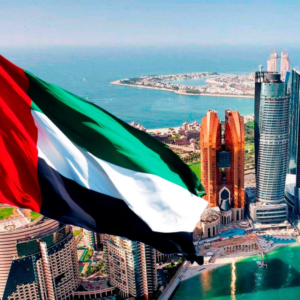In a calculated move to maintain monetary stability, the UAE Central Bank has frozen its Base Rate at 4.40%, mirroring the US Federal Reserve’s decision to keep interest rates steady. While that number might sound like something only economists would get excited about, it’s actually a big deal — and here’s why.
The Base Rate isn’t just a figure buried in a financial report; it plays a crucial role in determining the cost of short-term borrowing across the country. By holding steady at 4.40%, the Central Bank sends a clear message: stability over volatility. In an era where global markets often resemble a roller coaster, the UAE is choosing the smoother track, ensuring businesses and consumers alike can plan with greater confidence.
Why stay aligned with the US Fed? Because the UAE dirham is pegged to the US dollar, meaning policy shifts in Washington ripple across the Gulf. Matching the Fed helps protect the currency peg, control inflation, and manage capital flows without sending shockwaves through the local economy. It’s a smart, strategic dance — and the UAE is staying perfectly in step.
By keeping the Base Rate unchanged, the Central Bank is also helping to anchor overnight market interest rates, a key element in ensuring that liquidity costs remain predictable. In layman’s terms: banks can breathe easy, investors stay calm, and the market avoids unnecessary turbulence.
Behind the scenes, this decision also supports broader economic goals. It gives breathing room to sectors like real estate, SMEs, and consumer lending, all of which benefit from rate stability. It’s also a nod to the UAE’s careful balancing act — fostering growth while guarding against inflationary pressures and external shocks.
So while it may not make headlines like oil prices or skyscraper launches, the 4.40% Base Rate is a silent hero of economic stability. It keeps the financial gears turning smoothly, ensuring the UAE’s economic engine runs not too hot, not too cold — just right.









